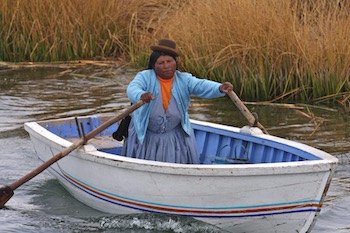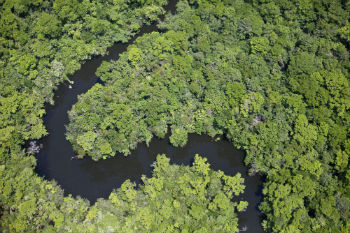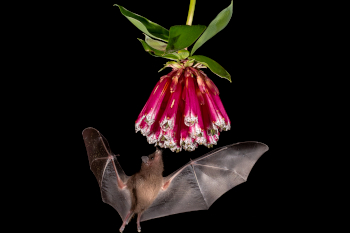Main menu
CEPF is a joint initiative of l’Agence Française de Développement, Conservation International, the European Union, Fondation Hans Wilsdorf, the Global Environment Facility, the Government of Canada, the Government of Japan and the World Bank. A fundamental goal is to ensure civil society is engaged in biodiversity conservation.
Visitez le site français コア情報の日本語翻訳を読むOr use Google Translate to translate the English site to your language:
GTranslate
Researchers have identified a new biodiversity hotspot, one of only 36 in the world. The North American Coastal Plain biodiversity hotspot, which stretches from northern Mexico to southern Maine, runs along the coast and includes areas within major U.S. cities, most notably New York City and Washington, D.C.
The hotspot is home to 1,816 species of plants, 51 species of birds and 114 species of mammals that are found nowhere else in the world.
Within the interior rainforest on the small Caribbean island of St. Vincent, the Kamacrabou watershed provides essential water and soil maintenance for Diamond Village, a small farming community with a population of approximately 500. The Organization of Eastern Caribbean States reports that “deforestation is one of the major impacts to the current use of the watershed and has resulted in landslides, soil erosion, flash floods, and sedimentation of streams, loss in biodiversity, disruption of microclimate and contamination of water quality.”
Cambodia supports globally important populations of wide-ranging, large-bodied bird species that are threatened by agricultural intensification and expansion, trade-driven hunting and chick/egg collection at nest sites. To address this problem of escalating biodiversity loss in the Northern Plains and Tonle Sap Lake and Floodplain and encourage community participation, the Wildlife Conservation Society (WCS) and partners designed a project with three financial incentive schemes.
Home to tigers, elephants and other iconic species, the forests of the Sahyadri-Konkan Corridor (SKC) – one of CEPF’s five priority conservation corridors within the Western Ghats Region of India – are an important source of local livelihoods, with communities dependent on paddy cultivation and fuelwood trade for income. These activities as well as high population densities and rapid economic development have left the SKC fragmented and dominated by private lands and production landscapes.
The Eastern Afromontane biodiversity hotspot stretches over a curving arc of more than 7,000 kilometers from Saudi Arabia to Mozambique. Of the key biodiversity areas (KBAs) in this hotspot, which cover an area of more than 50 million hectares, CEPF identified approximately 5.5 million hectares of priority KBAs for investment. These priority KBAs are important sites for conservation of biodiversity, including globally threatened species and ecosystems providing benefits such as clean air, fresh water and more.




